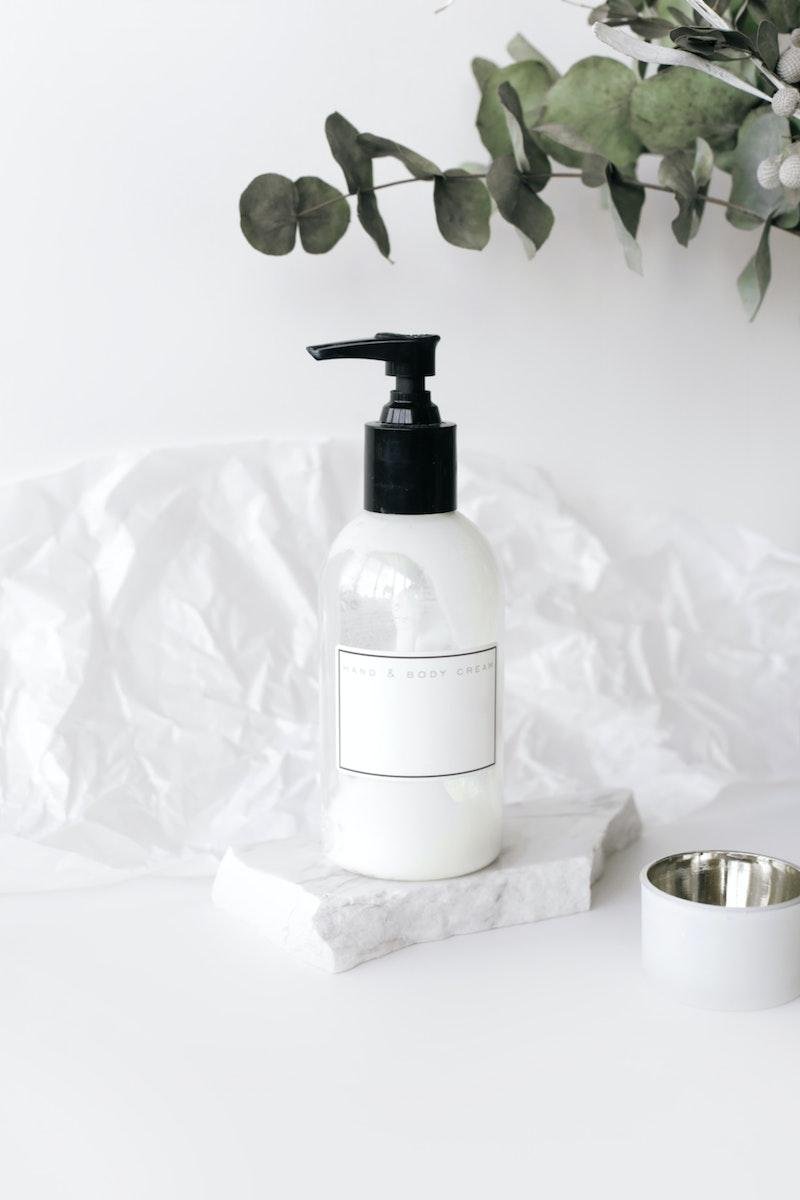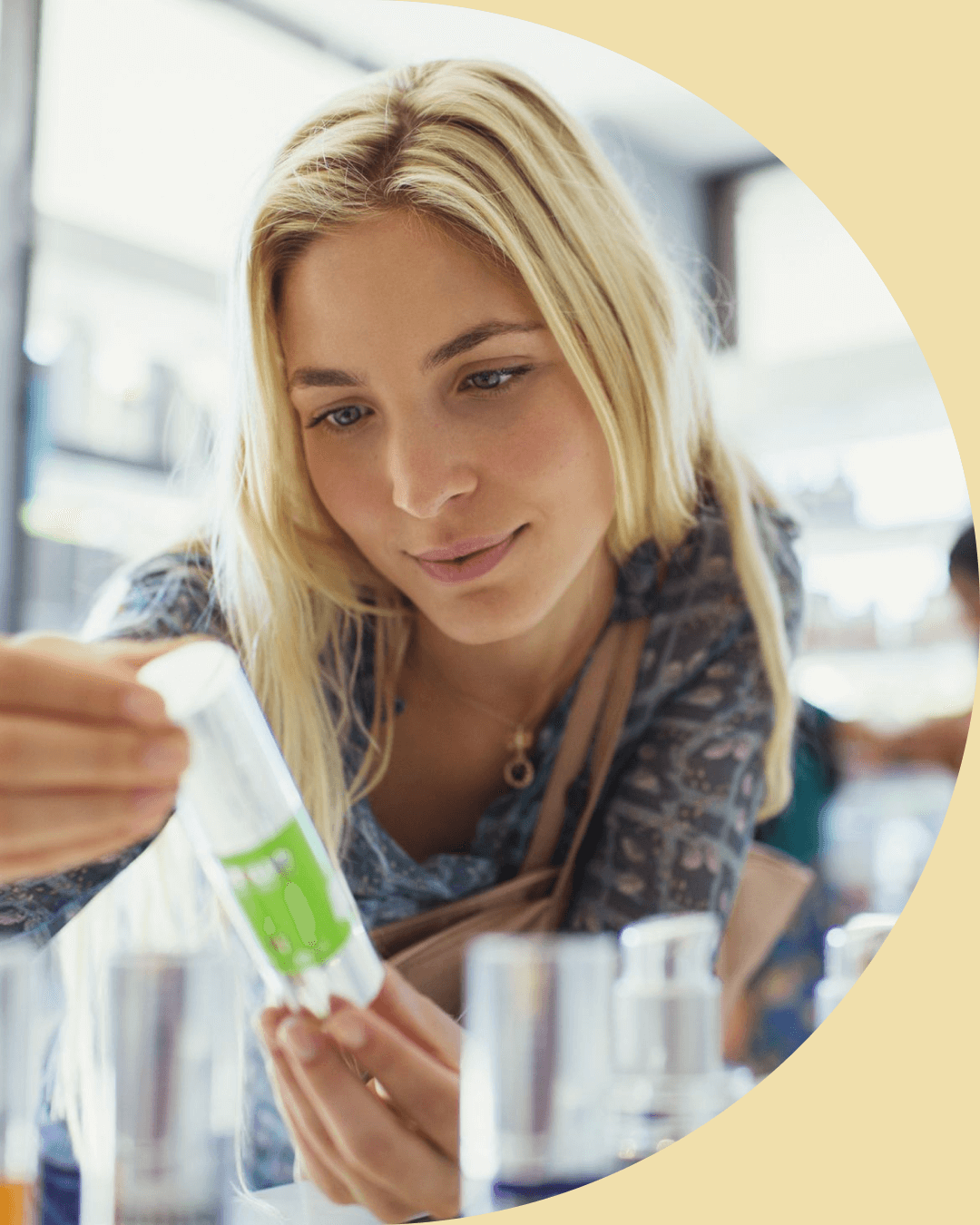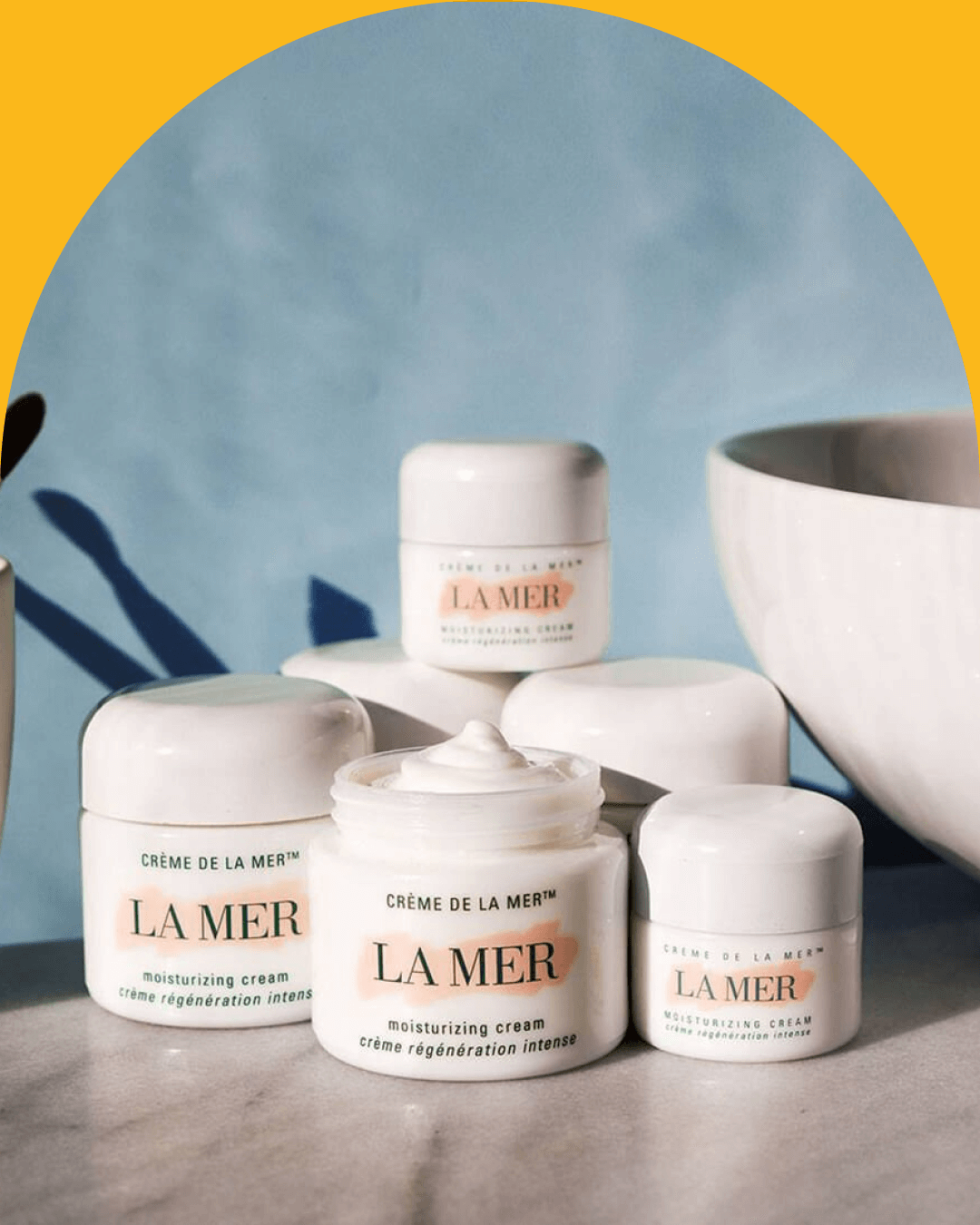As summer approaches and our outdoor activities increase, it’s important to understand the impact of the sun on our skin and take necessary precautions to prevent sunburn. However, despite our best efforts, sunburns can still occur. In this article, you will discover how to care for sunburn on the delicate face skin. We explore effective ingredients that aid in the healing process and share valuable tips for preventing sunburn in the future. By following these recommendations, you can ensure proper care for your sunburned skin and maintain healthy, protected skin in the long run.
How Sunburn Affects the Skin
Sunburn occurs when the skin is exposed to excessive ultraviolet (UV) radiation from the sun or artificial tanning devices.
To understand how sunburn happens, it’s important to understand the minimal erythema dose. The minimal erythema dose represents the amount of UV radiation necessary to cause your skin to turn red. When you surpass this limit, your skin initiates a defense mechanism by producing melanocytes. These pigment-making cells release melanin to protect your skin and create a tan. However, your body has a finite capacity to produce melanocytes at any given time. Once this capacity is reached, your skin begins to burn. This burning sensation is accompanied by inflammation, swelling, and an increased risk of developing skin cancer due to DNA mutation.
The facial skin is particularly sensitive and delicate, making sunburn on the face exceptionally uncomfortable. It can result in redness, inflammation, pain, tightness, and even blisters. Sunburn can also exacerbate existing skin conditions such as rosacea or psoriasis, increasing sensitivity and irritation. Neglecting proper care for facial sunburn can have lasting effects. Prolonged sun exposure without protection not only contributes to increased risk of skin cancer, but can also lead to premature signs of aging like wrinkles and fine lines while intensifying hyperpigmentation and making acne scars more prominent. Over time, repeated sunburns can cause irreversible damage to skin cells and collagen fibers.
What to do After Getting Sunburnt
Once you’re sunburnt, the damage is there and will take time to repair. However, there are skincare ingredients that can help soothe and heal your sunburnt skin, reducing redness and discomfort, while also accelerating the healing process to minimize any potential long-term damage. Below, we cover what to do when you get sunburnt, how to adjust your skincare routine accordingly, and what ingredients to watch out for that will help soothe your skin and promote healing.
Immediate Action for Sunburnt Skin
When you find yourself with a sunburnt face, taking quick action can minimize further skin damage and provide relief. As soon as you realize you have a sunburn, get out of the sun immediately. Find a shady spot or go indoors to prevent further exposure to harmful UV rays. Apply cold compresses or soak a clean cloth in cold water to cool down the sunburnt areas of your face. This can help alleviate heat and reduce inflammation however, avoid using ice directly on the skin as it can cause further irritation.
Sunburn can dehydrate both your body and skin. Drink plenty of water to replenish lost fluids and help your skin heal from within and apply a gentle moisturizer to your face to restore moisture and prevent excessive dryness.
If you experience discomfort or pain, consider taking over-the-counter pain relievers like ibuprofen or acetaminophen. Blisters may develop on your sunburnt face, but resist the urge to pop them. Popping blisters can lead to infection and further damage. Similarly, peeling or picking at the skin can delay the healing process and increase the risk of scarring.
Remember, these immediate actions are here to provide initial relief and preventing further damage. If your sunburn is severe, covers a large area of your face, or if you experience symptoms like dizziness, fever, or severe pain, it’s important to seek medical attention promptly.
Ingredients to Help Soothe Sunburnt Skin
Getting sunburnt on your face can be incredibly uncomfortable and leave your skin feeling irritated, red, and dry. Fortunately, there are several soothing and healing ingredients that can help alleviate these symptoms and promote faster recovery. Here are some ingredients known for their beneficial effects on sunburnt skin:
Aloe vera: Aloe vera is widely recognized for its cooling and anti-inflammatory properties. It can provide immediate relief from the discomfort of sunburn by soothing the skin and reducing redness.
Cucumber: Cucumber is renowned for its soothing and hydrating effects on the skin. Its high water content helps replenish moisture lost due to sunburn, while its cooling properties can provide a refreshing sensation.
Green tea extract: Green tea extract contains antioxidants and anti-inflammatory compounds that can help reduce inflammation and promote healing. It also provides a soothing effect on sunburnt skin.
Chamomile: Chamomile has calming properties that can help reduce redness and irritation caused by sunburn. Its anti-inflammatory effects can provide relief and aid in the skin’s recovery process.
Oatmeal: Oatmeal is a natural remedy often used to soothe and moisturize the skin. It can help relieve itching and inflammation associated with sunburn, leaving the skin feeling more comfortable.
Ceramides: Ceramides are lipid molecules naturally found in the skin. They play a crucial role in maintaining a healthy skin barrier. When applied topically, ceramides strengthen the skin’s protective barrier and improve hydration, which is particularly beneficial for sunburnt facial skin.
Hyaluronic Acid: Hyaluronic acid is a hydrating ingredient that attracts and retains moisture in the skin. It can deeply hydrate sunburnt skin, promoting plumpness and improving overall skin texture.
Panthenol: Panthenol, also known as provitamin B5, has soothing and moisturizing properties. It can help relieve skin irritation, promote healing, and improve the skin’s natural moisture barrier.
Madecassoside: Derived from the Centella asiatica plant, madecassoside is known for its anti-inflammatory properties. It can help reduce redness, calm the skin, and support the repair process of sun-damaged skin.
Skincare Routine for Sunburn
Taking proper care of your sunburnt facial skin is essential for soothing discomfort and promoting healing. Here are some effective skincare routine tips to provide relief and support the recovery process:
- Gently cleanse the face with a mild, fragrance-free cleanser: Look for a gentle, non-foaming gel or cream cleansers that do not contain ingredients like sulfates, which can be harsh on the skin. When cleansing, be gentle and avoid scrubbing or using hot water, as this can exacerbate skin irritation.
- Apply aloe vera gel: Aloe vera gel is known for its soothing and cooling properties. Apply a generous amount of pure aloe vera gel, an aloe vera-based toner, or a moisturizer containing aloe with focus on the sunburnt parts of your face.
- Choose a gentle, hydrating moisturizer formulated for sensitive or sunburnt skin: Look for ingredients like ceramides, hyaluronic acid, or panthenol, which help repair and moisturize the skin barrier.
- Use cold compresses or chilled green tea bags to reduce inflammation: The cold temperature of these compresses can help constrict blood vessels and reduce redness while soothing the skin.
- Protect from the sun: Apply a broad-spectrum sunscreen with a high SPF to your face before heading outdoors. Opt for physical sunscreens with zinc oxide or titanium dioxide, rather than chemical sunscreens, as they are more gentle on sunburnt skin.
- Use a face mist: Look for face mists that contain soothing ingredients like aloe vera, rose water, or thermal spring water. Spritz the mist onto your face whenever you need a refreshing burst of hydration and cooling sensation throughout the day.
- Avoid harsh products, exfoliation, or strong active ingredients: Retinoids, exfoliants, and other active ingredients can further irritate the skin and hinder the healing process. Stick to gentle, non-abrasive products specifically designed for sensitive or sunburnt skin until your skin has healed.
- Consider using a hydrocortisone cream for persistent redness or itching: This over-the-counter medication can help alleviate inflammation and relieve discomfort.
Everyone’s skin is unique, so it’s important to listen to your skin’s needs and adjust your skincare routine accordingly. Consult a medical professional if you have severe sunburn, experience prolonged symptoms, or have any concerns about your skin’s condition.
How to Prevent Sunburn in the Future
Prevention is key when it comes to limiting sun damage, particularly in the summer. By taking proactive measures to avoid exposing your skin to the sun without protection, you can minimize the risk of sunburn and subsequent skin damage. Here are some steps you can take to protect yourself from the sun, before sunburn happens.
Apply sunscreen: Sunscreen is an essential step in preventing sunburn. Select a broad-spectrum sunscreen with a high sun protection factor (SPF) of at least 30, and generously apply it to all exposed areas of your face and body. Remember to reapply every two hours, or more frequently if you are sweating or swimming. Pay attention to often overlooked areas like the scalp, lips, and eyes.
Seek shade: When the sun is at its peak, usually between 10 a.m. and 4 p.m., seek shade to minimize direct exposure to UV rays. If shade is not readily available, consider using an umbrella or creating your own shade with a wide-brimmed hat and protective clothing.
Wear protective clothing: If you’re going to be outside for a while, such as hiking, gardening, or doing work outside, cover your skin with lightweight, long-sleeved shirts, pants, and wide-brimmed hats to provide additional protection. Look for clothing with a UPF (Ultraviolet Protection Factor) rating for added sun protection.
Use sunglasses: Protect your eyes and the delicate skin around them by wearing sunglasses with UV protection. Look for sunglasses that block both UVA and UVB rays for optimal eye health.
Limit time in direct sunlight: Try to limit your time in direct sunlight, especially during the peak hours of intense UV radiation. Take breaks indoors or under shade to give your skin a chance to recover.
Be cautious around reflective surfaces: Remember that water, sand, snow, and other reflective surfaces can increase your exposure to UV radiation. Take extra precautions by applying sunscreen more frequently and wearing protective gear in these environments.
Educate yourself on the UV index: Stay informed about the UV index in your area. The UV index provides information on the intensity of UV radiation and can guide you in determining the necessary precautions for sun protection.
Be mindful of medications and skincare products: Some medications, such as Accutane, and skincare products, such as exfoliation or tretinoin, can increase your skin’s sensitivity to the sun. Check labels or consult with your healthcare provider to ensure that your medications or skincare routine won’t make your skin more susceptible to sunburn.




